Login
SubscribeInfographics

Infographic: How a Glutamate Sensor Tracks Synapses
Mariella Bodemeier Loayza Careaga, PhD | Sep 8, 2023 | 1 min read
A third generation glutamate sensor with a fluorescent readout offers insights into neuronal communication.

Infographic: How Prime Editing Works
Ida Emilie Steinmark, PhD | Sep 8, 2023 | 4 min read
Prime editing is one of the most promising forms of genome editing because it uses only single-stranded DNA breaks.

Cultivating Consistency in Cell Culture
MilliporeSigma | 1 min read
Discover the ins and outs of the cell culture workflow.
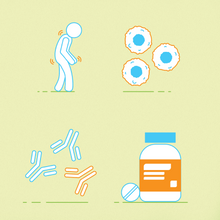
New Strategies for Repurposing Existing Therapies
The Scientist | Aug 10, 2023 | 1 min read
Drug repurposing uses existing drugs beyond the scope in which they were originally approved by the Food and Drug Administration.
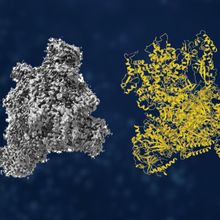
Cryo-EM: Building on a History of Invention and Innovation
Thermo Fisher Scientific | Aug 2, 2023 | 1 min read
From humble yet ingenious beginnings to Nobel recognition, cryogenic electron microscopy (cryo-EM) provides insights into scientific questions that other technologies are unable to answer.

What Oxygen Level Is Biologically Relevant For Cell Culture?
Thermo Fisher Scientific | 1 min read
Normoxic atmospheric conditions provide excessive oxygen availability, leading to abnormal cell behavior.

Infographic: Scents and Sense-Abilities
Iris Kulbatski, PhD | Jun 1, 2023 | 1 min read
Scientists hack the locust brain to identify the unique odor signatures of oral cancers.

Infographic: Capturing a More Complete Picture of Expression
Deanna MacNeil, PhD | Jun 1, 2023 | 1 min read
CITE-seq draws upon the unbiased nature of single-cell RNA sequencing to gather new insights about protein and gene expression within the same cell.

Into the Future: Connecting Researchers, Instruments, and Data
MilliporeSigma | 1 min read
Discover the smart solutions that empower scientists to take their research to the next level.

Infographic: Stages of Biofilm Formation
Holly Barker, PhD | Jun 1, 2023 | 1 min read
Free-swimming bacteria settle on a surface to cooperate and form a protective biofilm.

Infographic: Curbing the Cheaters
Mariella Bodemeier Loayza Careaga, PhD | Jun 1, 2023 | 1 min read
From spatial structuring to policing, cooperative bacteria have a wide toolkit to contain the spread of cheaters.

Simplifying Spatial and Molecular Profiling with End-to-End Services
Canopy Biosciences | 1 min read
A visual guide to streamlining high-plex, high-throughput workflows
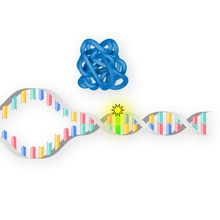
Infographic: How “Silent” Mutations Can Disrupt Protein-Making
Katarina Zimmer | May 1, 2023 | 3 min read
Although scientists often assume that synonymous mutations don’t cause any biological effects because they don’t alter the amino acid code, recent research shows that they can influence transcription and translation in a variety of ways.
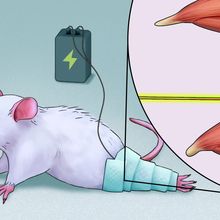
Infographic: Tissue Implant Gets Muscles Moving, Prevents Atrophy
Holly Barker, PhD | Apr 3, 2023 | 1 min read
The experimental device, known as MAGENTA, forces muscles to contract, simulating natural movement.

Go with the Flow: Adapting Lateral Flow Assays for Nucleic Acid Detection
The Scientist and nanoComposix | 1 min read
Scientists incorporate sensitive nanoparticles to rapidly detect DNA and RNA.

Infographic: How “Selfish” Centromeres Alter Inheritance
Michael Lampson, PhD | Apr 3, 2023 | 2 min read
Research on so-called selfish genetic loci is providing scientists with greater insight into the biology of chromosome segregation and inheritance.

Major Advances in Mini Brain Bioengineering
The Scientist | Mar 31, 2023 | 1 min read
Explore the latest developments in brain organoid production.

Scientific Breakthroughs with Stem Cells
Nele Haelterman, PhD | 1 min read
Discover the various ways scientists bolster stem cells to understand and cure disease.
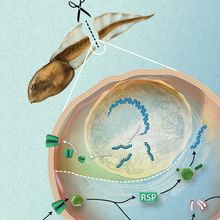
Infographic: How Tadpoles Use Glucose to Fuel Tail Regrowth
Natalia Mesa, PhD | Mar 1, 2023 | 1 min read
Unlike other fast-growing cells, regenerating tadpole cells fuel growth using the pentose phosphate pathway rather than glycolysis, a study indicates.
